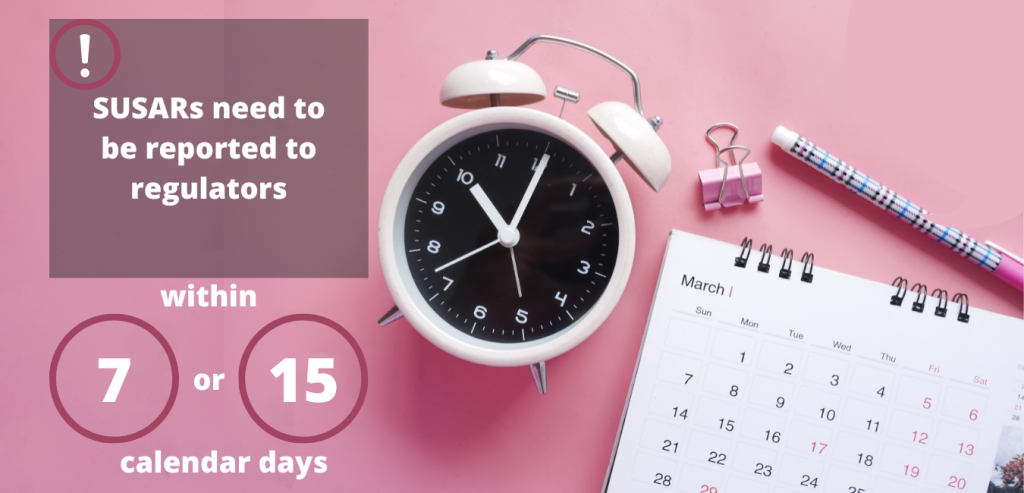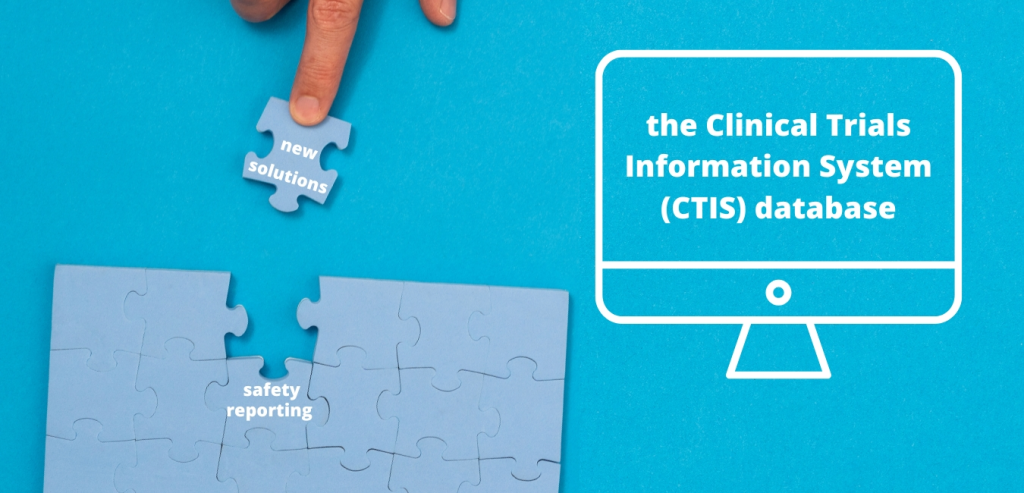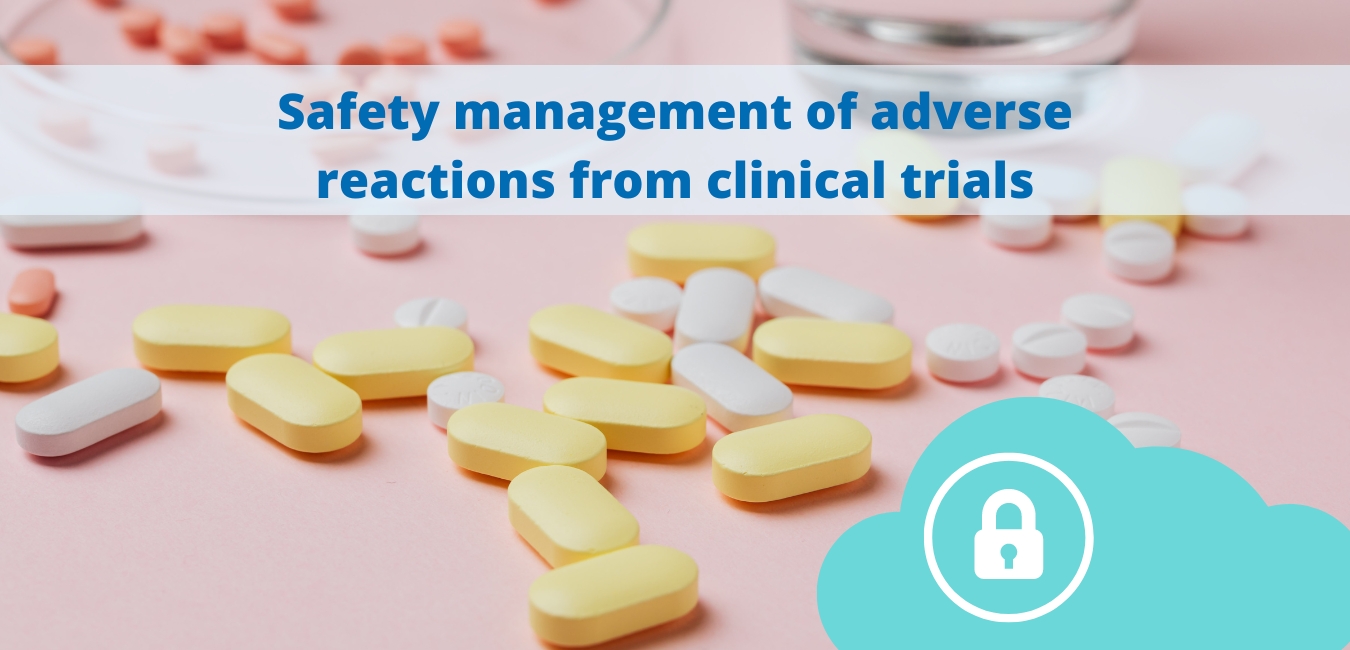Safety management is key to any clinical trial and an utmost obligation to any pharmaceutical company introducing new medicinal products to the market. Whilst conducting a clinical trial, safety of all subjects is paramount, therefore best efforts should be made to capture any safety issues. All safety aspects have to be analyzed in the study protocol and approved by Competent Authorities (CAs) before any actions are taken or any subject is enrolled. Changes to previously approved safety plan have to be recognized by CAs. Drug safety responsibilities with regard to identification and handling of adverse reactions from clinical trials to be followed by every Sponsor have been presented below.
Expedited safety reporting in clinical trial phase
Each Sponsor is obliged to submit to CAs all serious unexpected adverse reactions occurring after administration of the Developmental Medicinal Product (DMP) on the expedited manner. An individual Suspected Unexpected Serious Adverse Reaction (SUSAR) is a case report describing adverse reaction to a subject that is:
- associated with the use of DMP,
- considered serious (fulfilling at least one of the criteria for seriousness, i.e. results in death, results in congenital anomalies or birth defects, results in persistent or significant disability, is life threatening, requires or prolongs hospitalization),
- considered unexpected – has not been described in the current version of Reference Safety Information and Investigator’s Brochure at the time of reaction onset.
Life-threatening and fatal clinical trial SUSARs need to be reported to regulators within 7 calendar days, other SUSARs have 15-calendar-days deadline. The considered Ethics Committees and trial Investigators should also be made aware of all SUSARs.
Quality and medical review is needed in each report. Regulatory requirements in each trial territory should also be considered for efficient and compliant safety reporting.

Periodic safety reports
Regardless of requirements for expedited reporting of SUSARs, all serious case reports from the study need to be evaluated and reported in periodic reports – Development Safety Update Reports (DSURs). Each DSUR has to describe all new available safety information received for DMP in the concerned annual period, starting from the first approval for conducting the clinical study. DSURs are written for each active substance, therefore data from all studies for the particular molecule has to be taken into account, i.e. subject exposure, changes to the reference safety information, all safety data gathered in each phase. Special attention should be paid for subject dropouts, life-threatening and fatal outcomes and any issues indicating disruptions in benefit-risk ratio. Line listings with clear overview of all serious case reports should be described as well and provided to all stakeholders.
Timely submission of periodic reports is as important as reporting SUSARs, 60 calendar days from data lock point should be followed, currently. Good quality data gathered throughout the concerned period is key for evaluation and providing satisfactory conclusions.
Unless specified otherwise in the study protocol, non-serious adverse events or laboratory findings do not need to be reported on expedited manner or described in periodic reports.
Implementation of CT Regulation 536/2014 (CTR) – what does is mean for safety reporting?
For clinical trials registered under CT Directive 2001/20/EC (CTD), irrespective of SUSAR submission to EudraVigilance Clinical Trial Module (EVCTM) database, Sponsor should submit SUSAR notification to each CA, ECs and Investigators (preferably in CIOMS I format).
With CT Regulation 536/2014 coming into force at the beginning of year 2022, the Clinical Trials Information System (CTIS) database introduced new solutions for safety reporting. Each concerned CA will now be involved in CT approval and study overview via CTIS. As EVCTM is linked to the CTIS system, for clinical trials registered under CTR only electronic submission via EVCTM will be required. For clinical trials registered under CTD, a transition period is scheduled for proper adjustment of safety management plans. In long term perspective, electronic submission will fully replace reporting SUSARs and DSURs to each CAs individually.
The sponsor will still be obliged to inform the relevant ECs and Investigators about each SUSAR and provide overview of each DSUR separately.

Choose a partner that will see your needs!
As complicated as it may seem, consolidated safety procedures ensure timely and efficient execution of legal obligations. Choosing an experienced and market-oriented safety vendor is an essential step towards successful clinical trial performance. With our considerable experience, SciencePharma may advise and support the clients with PV services tailored to fulfill safety goals.
Click contact us if you need a safety management of adverse reactions from clinical trials, we will be happy to help.
References:
- ICH E6(R1) Guideline for Good Clinical Practice
- Directive 2001/20/EC of the European Parliament and of the Council of 4 April 2001
- Regulation (EU) No 536/2014 of the European Parliament and of the Council of 16 April 2014
- Communication from the Commission, 2011/C 172/01, “CT-3”
- Management of Safety Information from Clinical Trials. Report of CIOMS Working Group VI. Geneva 2005
- ICH Topic E2A Clinical Safety Data Management: Definitions and Standards for Expedited Reporting (CPMP/ICH/377/95)
- ICH guideline E2F on development safety update report, EMA/CHMP/ICH/309348/2008
- https://www.ema.europa.eu/en/human-regulatory/researchdevelopment/pharmacovigilance/eudravigilance/eudravigilance-electronic-reporting
- https://www.ema.europa.eu/en/human-regulatory/research-development/clinical-trials-humanmedicines

